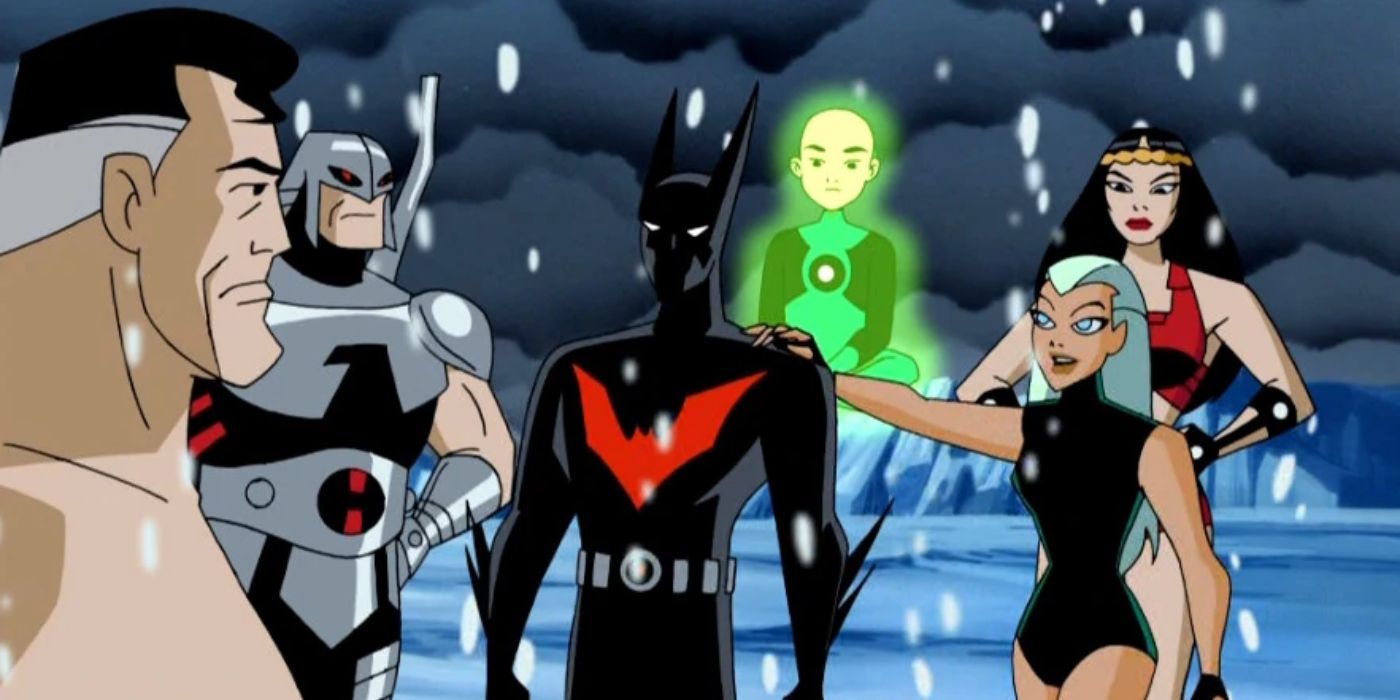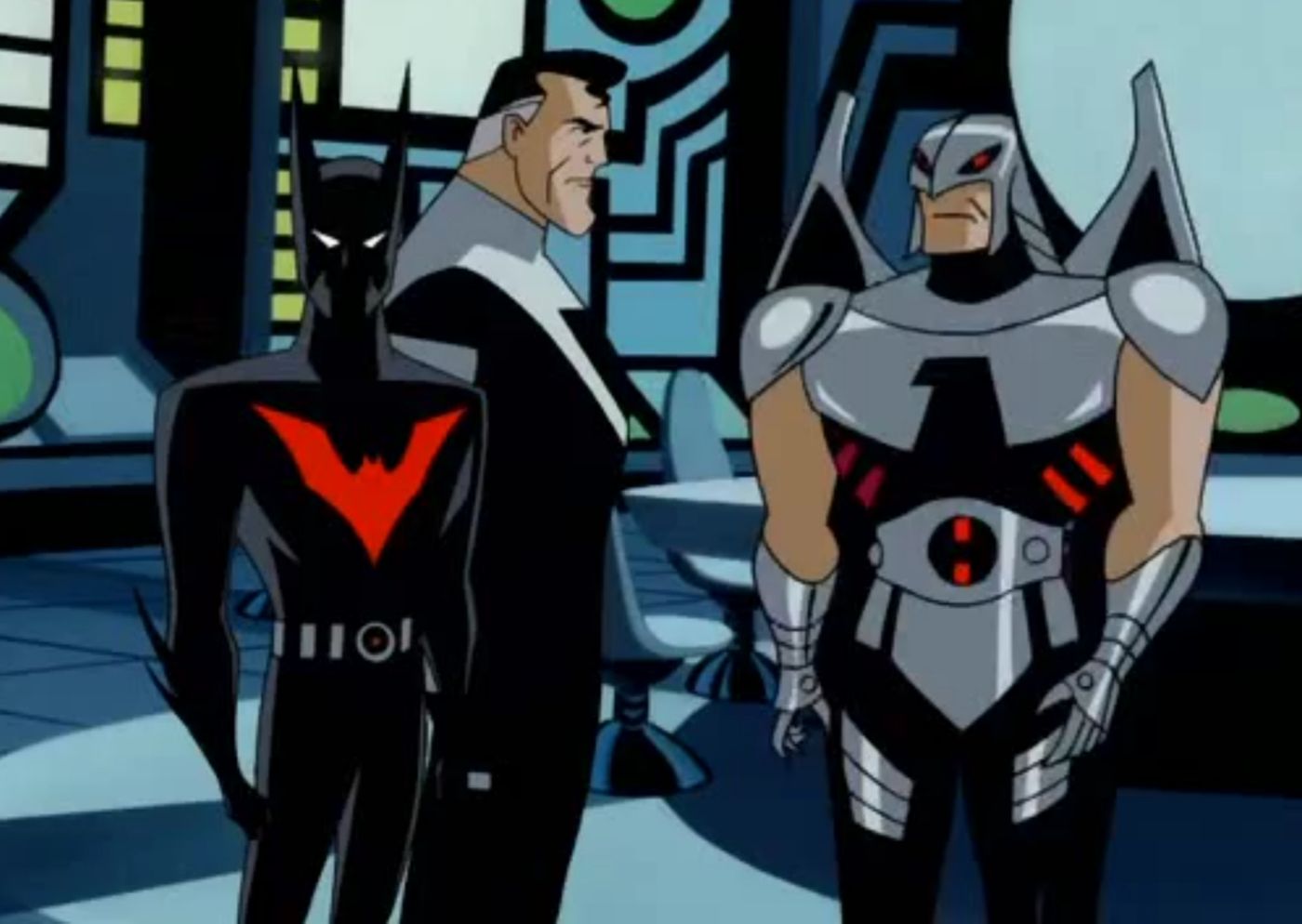The Justice League is one of the most foundational groups in comics, uniting the most powerful heroes of the DC Universe behind a single unified banner. The team would even become the centerpiece of the DC Animated Universe, with Justice League and Justice League Unlimited becoming two pivotal parts of the saga. But that wasn't actually the first time the DCAU introduced to the concept of the team.
In actuality, this iteration of the Justice League actually premiered a year earlier than the show starring them, albeit in a far different form in the time period of Batman Beyond.
"The Call" was a two-part episode, released towards the end of Batman Beyond and introduced the Justice League of the Batman Beyond era. Although he has noticeably aged, Superman still remains a powerful member and leader for the team. Big Barda (who would join the Justice League by the events of Justice League Unlimited alongside her husband Mister Miracle) was his fellow powerhouse. The other four members of the team were all inheritors of a heroic legacy: Micron was the future equivalent of the Atom, while Kai-Ro has taken on the mantle of Green Lantern. Meanwhile, Aquagirl (the daughter of Aquaman) and Warhawk (eventually revealed in Justice League Unlimited to be the son of Hawkgirl and John Stewart) took on the positions their parents had previously had in the team.
After Micron is seriously injured during a mission to stop a runaway train, Superman approaches Terry McGinnis (aka the current Batman) to invite him to the Justice League. It turns out that Superman believes one of the members has turned against the team and is trying to sabotage them -- which is why Superman wants Batman to investigate the other members of the team and figure out who among them is the traitor. Although his new teammates are initially hesitant to accept him, Batman continues his investigation. After saving Aquagirl from a malfunctioning water tank and watching Warhawk seemingly perish in an attack, Terry and Bruce Wayne deduce it was actually Superman himself who has turned on the League. Terry brings the information to the League and has his story collaborated by Warhawk -- who also suspected foul play and faked his death.
The team went to confront him -- Terry even bringing a sample of kryptonite Bruce had given him as a last line of defense against Superman. It's eventually revealed that it's Starro who's turned Superman against the rest of the League, hoping to spread and take over all of humanity with an army of Starros that it's spawned in the years since it took over an unsuspecting Superman. Batman and the rest of the Justice League try to halt his plans, with the other members taken over and Batman forced to fight them. He's able to eventually free all of them, and the group is able to even Starro and it's spawn back to their homeworld courtesy of Barda's Boom Tube. The Justice League apologize for their earlier behavior and offer him a full spot on the team. Terry turns them down though, essentially becoming a reserve member of the team much like the original Batman was.
What makes "The Call" so unique is that it's technically the introduction of the Justice League as a concept to the DCAU. The superhero team hadn't formed yet, and would actually only premiere in their own series roughly a year after the episode aired. It's an interesting way to first introduce the team. Terry is quietly awed that Superman even knows who he is, and the invite to join the team makes the Justice League intrinsically one of the most impressive groups in the world. The hints that Bruce was also once a member of the original team (at least in a limited capacity) also made for a compelling question of what Batman's time on the team was like. All of this makes the eventual formation of the team in the next year all the more exciting, given the pedigree that fans now knew the team would eventually reach.


